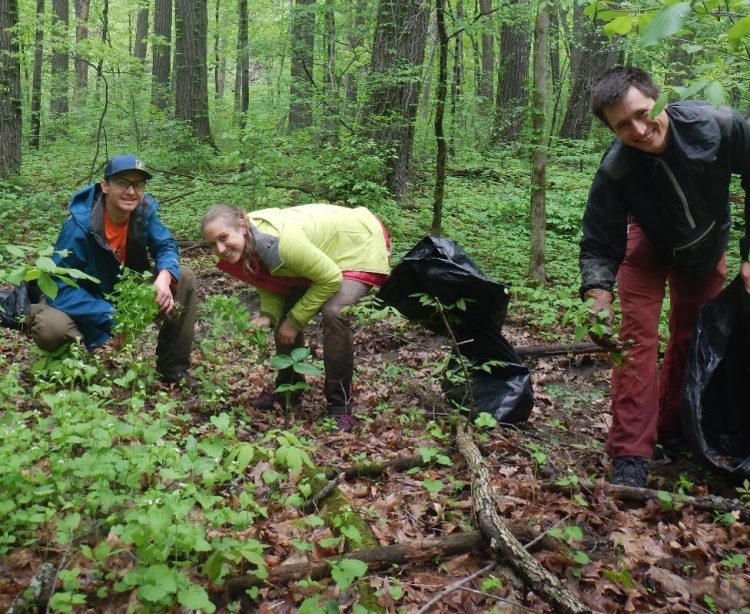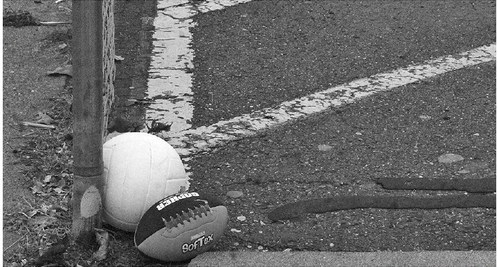Prevent the spread of invasive species


Simple precautions can be taken to avoid spreading invasive, non-native plants and animals in Wisconsin woods, waters and land, year-round. Invasive species are nonnative plants, animals and diseases that cause great ecological, environmental or economic harm.
Some have already been found in Wisconsin, while others pose a large risk of surviving and causing problems, if they are introduced and established.
The state’s invasive species rule makes it illegal to possess, transport, transfer or introduce certain invasive species in Wisconsin, without a permit. The regulations designate which species are restricted or prohibited, based on factors, including the degree of harm they may cause to people, the native ecology or the economy.
Hikers and campers can help, by cleaning mud and dirt off their shoes, and removing seeds and burs from their clothing, before visiting other places. This can prevent moving invasive plants to new areas, via seeds that may be on clothing, or in the mud or dirt.
Firewood is a significant pathway for the movement of many invasive insects and pathogens, such as emerald ash borer, spongy moth and oak wilt disease. To help protect the state’s trees where living, playing or camping, use local firewood, to avoid moving pests to new places.
• Anglers and boaters can help protect vulnerable areas from aquatic invasives, such as quagga and zebra mussels, Eurasian water-milfoil, New Zealand mudsnails and Asian clams, by cleaning recreational equipment and gear after every use. Inspect gear for dirt, mud, seeds and other debris, and remove as much as possible.
Drain all water from gear before leaving a site, and wash it with 140-degree water or steam, to remove invasives too small to see. Drying gear for five or more days between use, also helps destroy invasive organisms.
Gardeners are encouraged to plant and promote beautiful native plants that can benefit pollinators, birds and other wildlife, or traditional gardening plants that are non-invasive. They can also look for and remove potential problem plants, including purple loosestrife, hairy willow herb, butterfly dock, yellow iris, non-native phragmites (common reed), lesser celandine, water hyacinth, water lettuce and frogbit.
Make sure to report invasive species. Early reports help the DNR respond quickly and control invasives before they spread to new areas.




